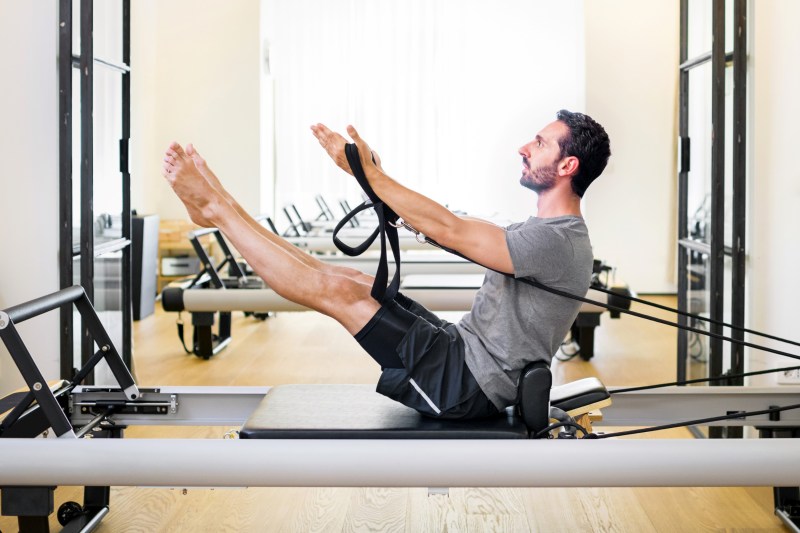
With the new year comes new fitness trends, and in 2024, traditional weight lifting is losing steam while stylish strength training methods like Pilates and calisthenics heat up.
These sleek techniques build strong, lean muscles without the grunting and clanging of barbells. Read on to learn why Pilates and calisthenics are poised to trounce weights this year.
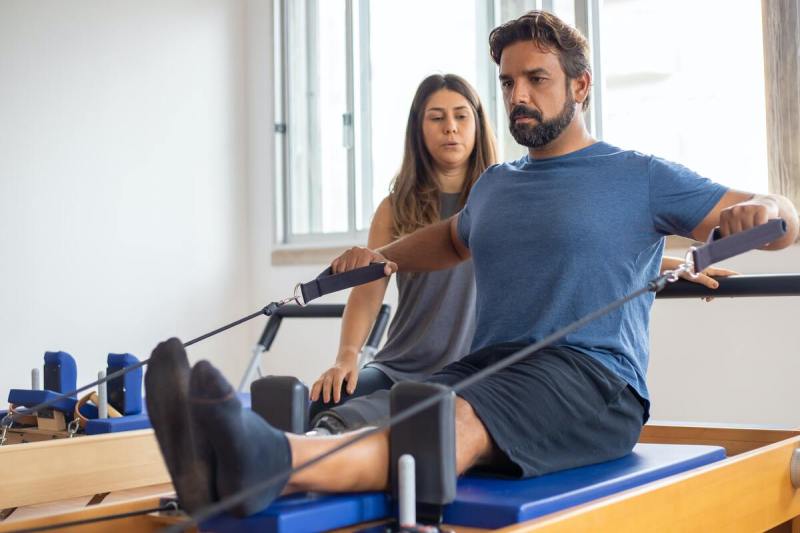
Why is Pilates better than weightlifting?
Being consistent with Pilates can offer several advantages over weightlifting, including the following:
- It’s a full-body workout: Pilates exercises target all the major muscle groups in one session. Specific weightlifting exercises tend to isolate muscles, requiring multiple exercises to hit every body part.
- It focuses on core strength: The core is central to Pilates, targeting abdominals, obliques, lower back muscles, and more through controlled movements. Weightlifting works the core less directly.
- It improves flexibility: The fluid motions of Pilates promote mobility and range of motion. Weightlifting shortens muscles if not properly stretched.
- It prevents injury: Pilates emphasizes alignment and posture to protect joints. Poor form with weights increases injury risk.
- It can require no equipment: Mat Pilates needs only a mat. Weights necessitate buying plates, bars, machines, and more or having access to a gym membership.
- It offers mental benefits: The concentration required boosts mind-body awareness and mental clarity. Weightlifting is more mindless.
- It caters to different fitness levels: Beginners can start with basic Pilates moves, while experts take it to the next level. Weightlifting requires a base strength or access to a trainer for guidance with getting started.
- It provides an elegant workout: Controlled Pilates movements have a graceful, dance-like feel compared to the brute force of lifting.

Why would someone choose calisthenics over lifting weights?
Calisthenics, exercises using bodyweight as resistance, has many of the same perks as Pilates when compared to weights. These include the following:
- It involves full-body training: Calisthenics works all major muscles in a single routine. Several weightlifting exercises are needed for total-body training.
- It can increase mobility: The flexibility, balance, and coordination needed for calisthenics enhance mobility. Weights focus more on brute strength.
- It can aid with injury prevention: Calisthenics develops stability and alignment to protect joints. Poor form with weights raises injury risk.
- It is a versatile workout: Calisthenics can be done anywhere with no equipment. Weightlifting requires space, machines, and gear.
- It is fun and engaging: Creative calisthenics routines like obstacle courses make exercising enjoyable. Lifting weights can get monotonous for some people.
- It helps you acquire skills: Calisthenics teaches abilities like handstands and tumbling alongside strength. Weightlifting is more straightforward.
- It costs less: Calisthenics requires no equipment. Weights necessitate purchasing plates, bars, racks, and more or having access to a gym membership.
- It is better for aerobic conditioning: Combining gymnastics-style moves with calisthenics offers excellent cardio. Weightlifting focuses less on aerobics.
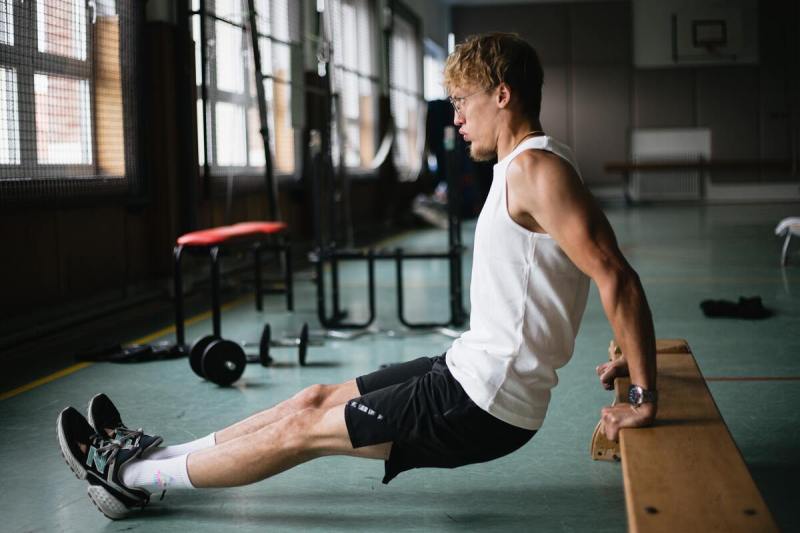
Can Pilates and calisthenics completely replace lifting weights?
Pilates and calisthenics can provide a complete strength training routine without weights for many people who exercise.
However, weightlifting may still offer some unique benefits, including the following:
- Faster muscle/strength gains: The heavy loads of weight lifting can build bigger muscles quicker than bodyweight exercises alone. But gains require excellent form.
- Increased bone density: The impact and resistance of weights are superior for increasing bone mineral density compared to low-impact Pilates and calisthenics.
- More power training: Weightlifting develops explosive power essential in athletic performance. Pilates and calisthenics build less power.
- Muscle mass maintenance: Those with considerable muscle from earlier weightlifting may require some weights to maintain mass, especially if there is a calorie deficit.
- Increased metabolism: Weightlifting leads to larger muscles and involves an intensity that can burn more calories around the clock. The metabolic benefits of bodyweight training are less pronounced for those already fit.
So, while Pilates and calisthenics offer a stellar strength training foundation, those seeking extreme muscle gains or power may still benefit from some supplemental weightlifting.
However, smart programming of bodyweight exercises can reduce the need for weights substantially.
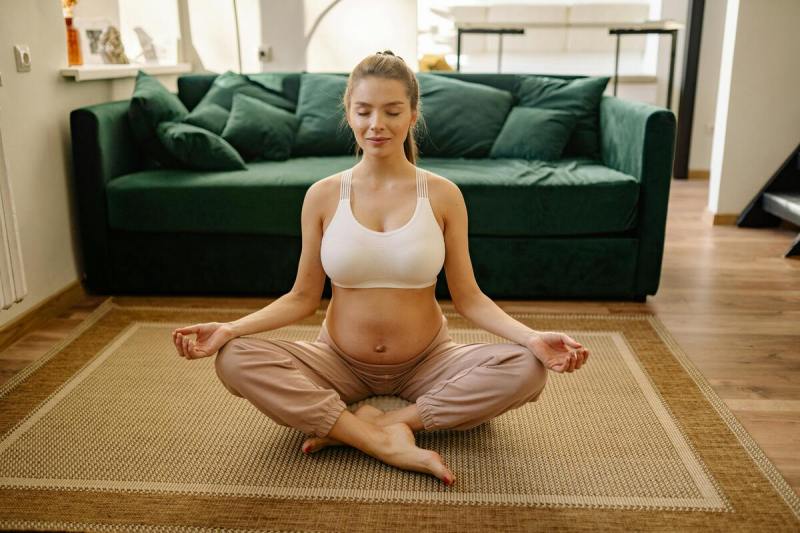
Is there anyone who should avoid Pilates and calisthenics?
Pilates and calisthenics are suitable for most populations wanting to get fit. However, certain groups may require caution or modifications.
Those with current injuries like back or knee pain may need to avoid certain impact exercises. Beginner Pilates moves are likely fine.
Those with conditions like osteoarthritis or osteoporosis may need to avoid these activities. Joint stability moves should be avoided, but keep in mind that most Pilates exercises can be modified.
For extremely overweight or deconditioned people, low-impact options are safest until strength improves. Pilates can be made to be gentle.
Women late into pregnancy should avoid anything high-impact that would put them at risk of falls or abdominal injury.
Also, those with heart conditions or chest pain should check with a doctor before exercising in general.
Proper instruction and starting with gentle programs are key for high-risk groups. Overall though, most exercisers can safely perform Pilates and modified calisthenics under guidance. It’s only extreme weightlifting that requires sound health.
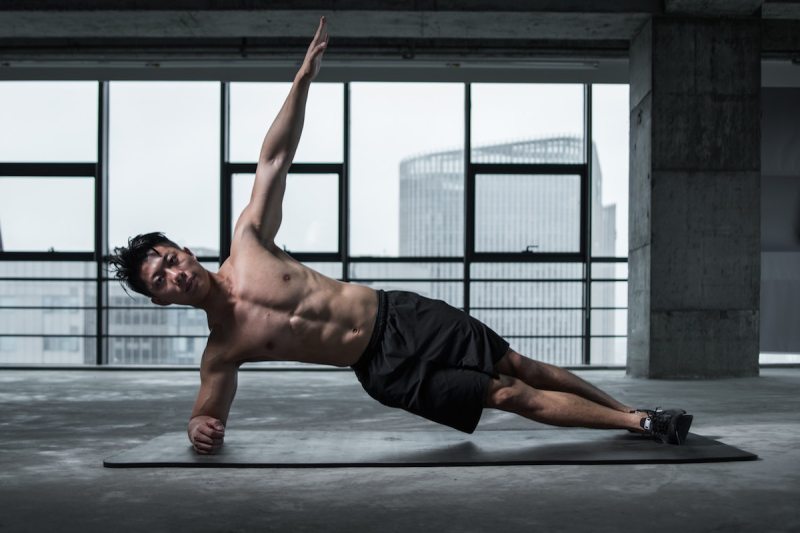
How often should you do Pilates and calisthenics for results?
There are no hard rules on frequency for Pilates and calisthenics. However, some general recommendations give the best results while preventing burnout:
- Two to three times per week for beginners. Start slowly to allow the body to adapt to new movements and prevent overuse injuries. Focus on learning proper form.
- Three to four times per week for intermediate exercisers. At this stage, workouts can be more challenging with some higher-intensity moves intermixed with strength training.
- Four to six times per week for advanced levels. More frequent workouts allow Pilates and calisthenics to be primary strength builders along with increased intensity and resistance. Rest days are still essential.
- No more than six times per week for most exercisers. Daily training rarely provides superior benefits compared to four to six times a week while increasing injury risk if too intense.
- Vary the focus of workouts. Combine targeted strength days with intervals, stretching, low-impact routines, and recovery time.
- Let the body rest one to two days per week. Rest allows muscles to repair and build.
The more conditioned one becomes, the more frequent Pilates and calisthenics workouts can be. Listen to your body, focus on proper form, and results will come.
So trade in those cumbersome weights for elegant Pilates and calisthenics. These bodyweight techniques are today’s hottest fitness trends, providing full-body strength and flexibility without the injuries and monotony of weightlifting. Try Pilates and calisthenics for yourself this year for beautiful, functional muscles as strength training enters an exciting new era.
Editors' Recommendations
- Why walking is the key to your weight loss journey
- The best calf workouts, according to a functional training expert
- 3 Pilates exercises to strengthen and tone your arms
- This is why you need dumbbells in your next workout (and every one after that)
- This is why actively stretching is important for you to get a better workout




